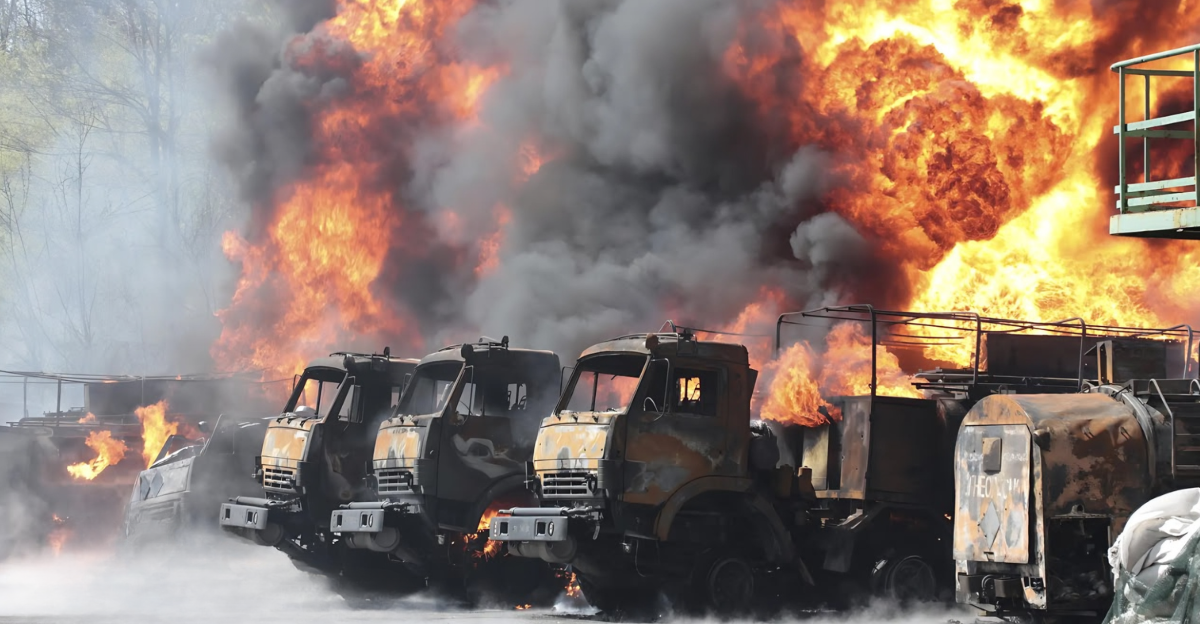
On September 12, 2025, Primorsk, Russia’s largest oil export hub in the Baltic region, experienced a significant drone attack. This incident led to extensive fires and resulted in the suspension of oil shipments from the facility.
The attack has sparked urgent discussions regarding energy security and its implications for funding related to ongoing conflicts.
Escalating Stakes
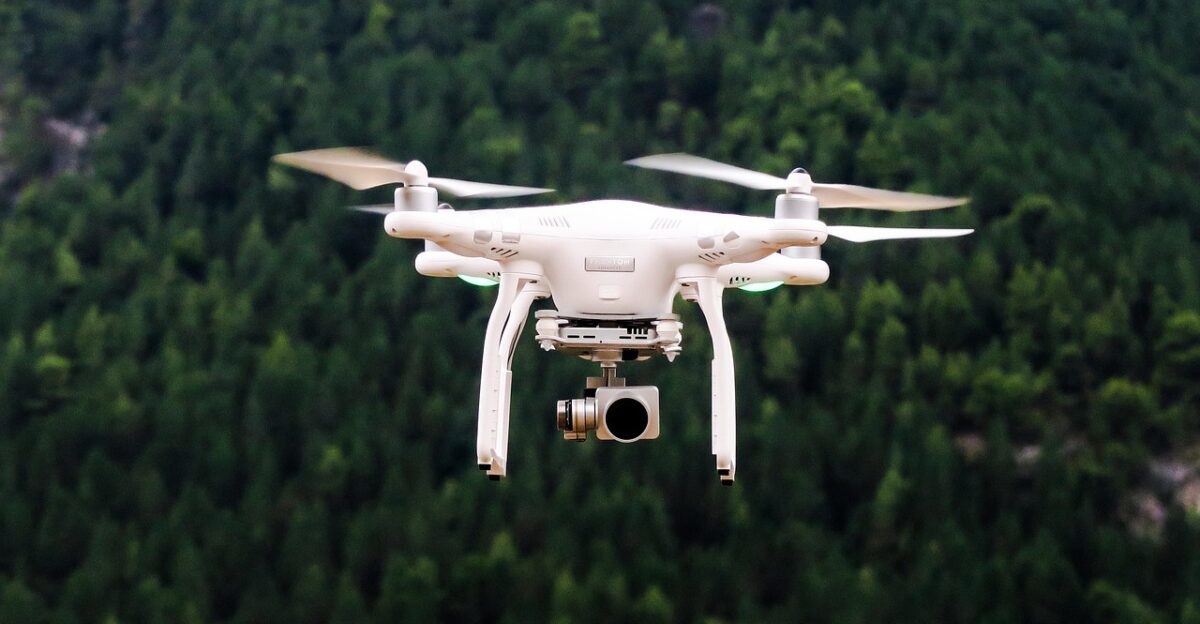
Ukraine has significantly intensified its military operations with a substantial drone offensive, deploying 221 drones deep into Russian territory.
This large-scale and precise strike represents a notable shift in the conflict, posing a threat to Russia’s oil revenues and supply chains.
Strategic Background

Primorsk, situated close to St. Petersburg, serves as Russia’s largest oil terminal along the Baltic Sea. It plays a crucial role in the country’s economy by managing approximately 60 million tons of oil each year.
This terminal is essential for Moscow’s export revenues and is often associated with strategies for circumventing sanctions through the use of a so-called “shadow fleet.”
Mounting Pressure
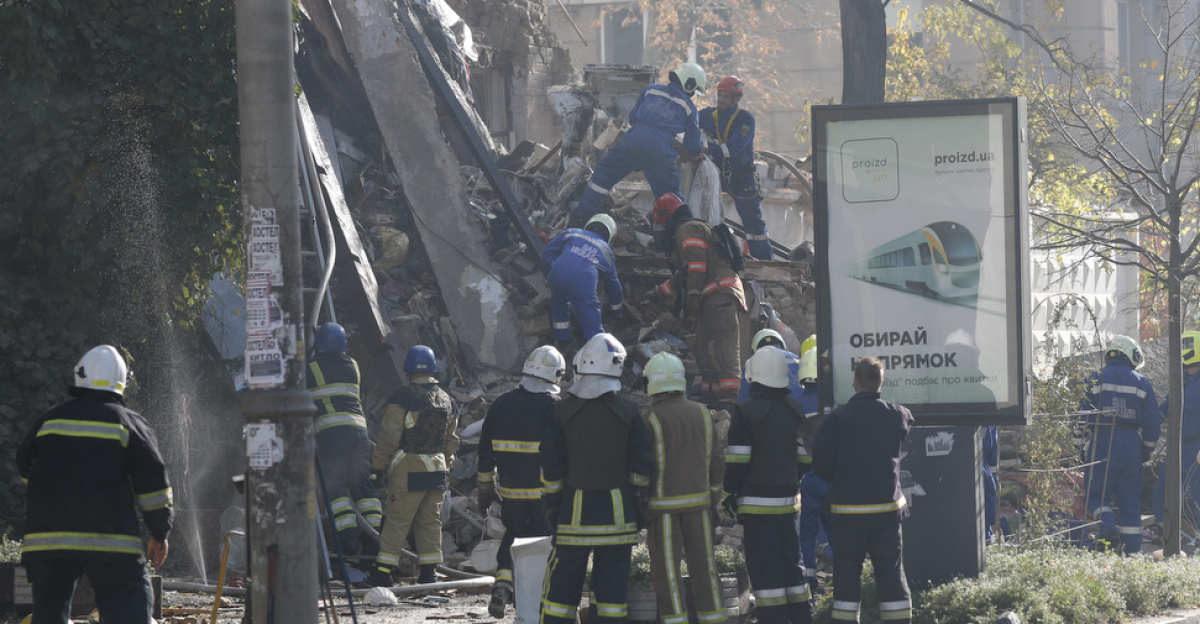
In recent months, there has been a notable increase in Ukrainian drone attacks aimed at Russian infrastructure. In response, Russia has escalated its own drone strikes against Ukrainian cities.
This exchange of attacks has resulted in a cycle of escalation and retaliation between the two nations.
Primorsk Hit
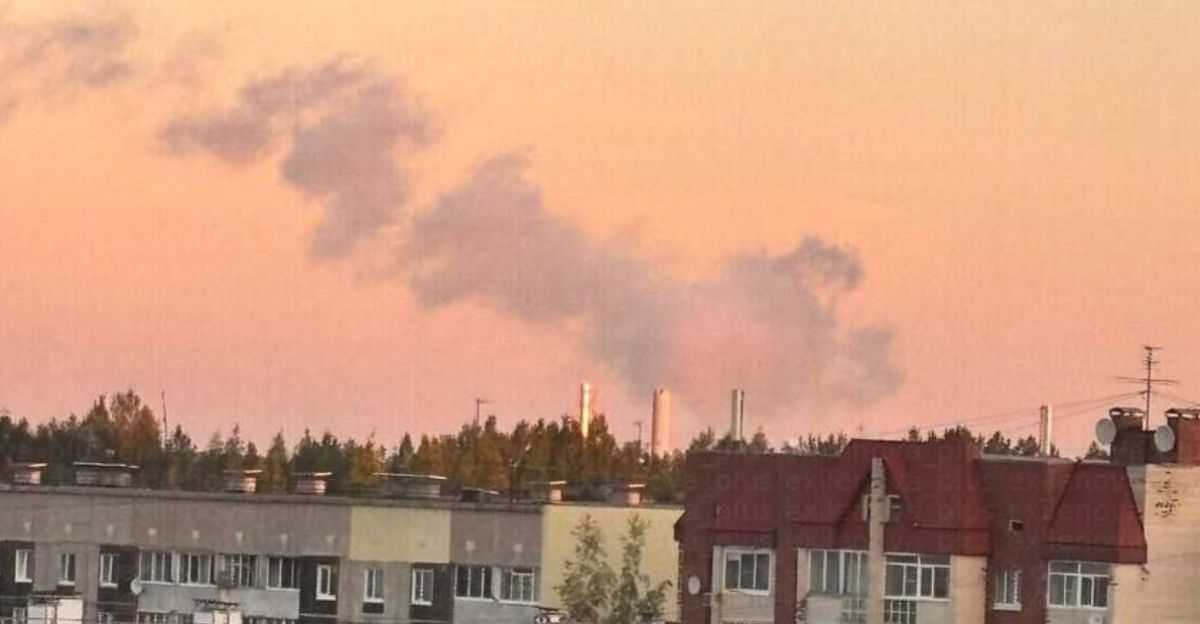
On September 12, 2025, a significant incident occurred when Ukrainian drones targeted the strategic port of Primorsk. This attack resulted in fires breaking out at both a vessel and a pumping station, prompting a suspension of operations and a halt in oil shipments.
This event marks a historic first, as it is the inaugural drone strike on this crucial maritime facility.
Regional Impact
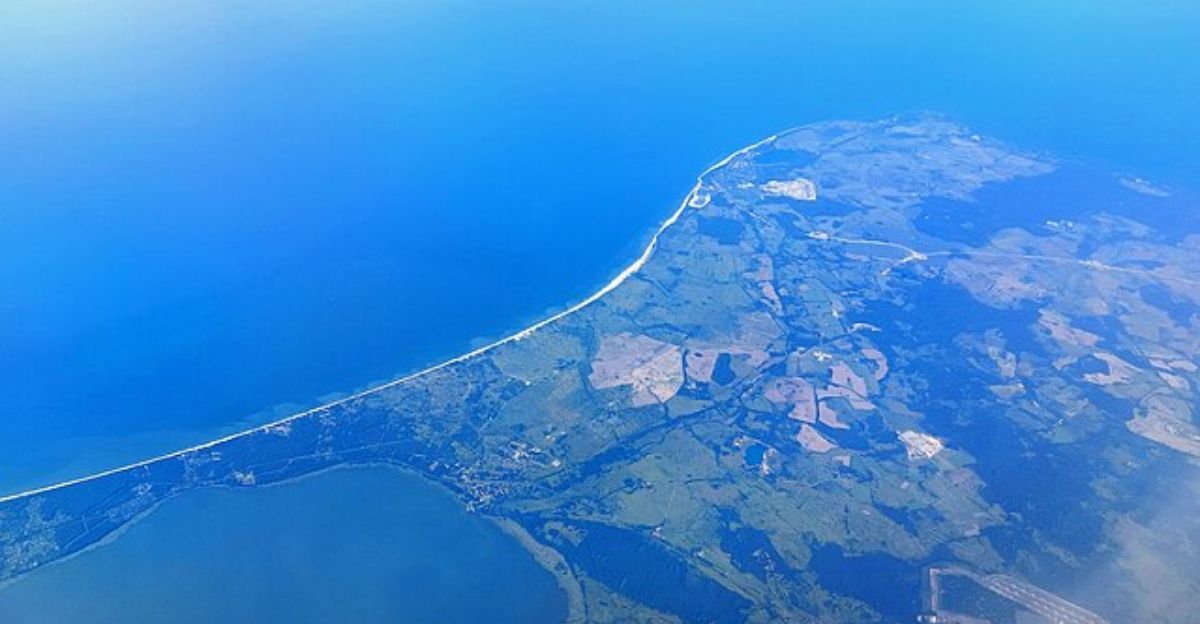
Fires and damage have been reported in the vicinity of St. Petersburg, particularly affecting the Kirishi refinery, which is currently operating at only 60% of its capacity.
This disruption has led to significant fuel shortages in the region, impacting civilian and military logistical operations.
Impact On Residents
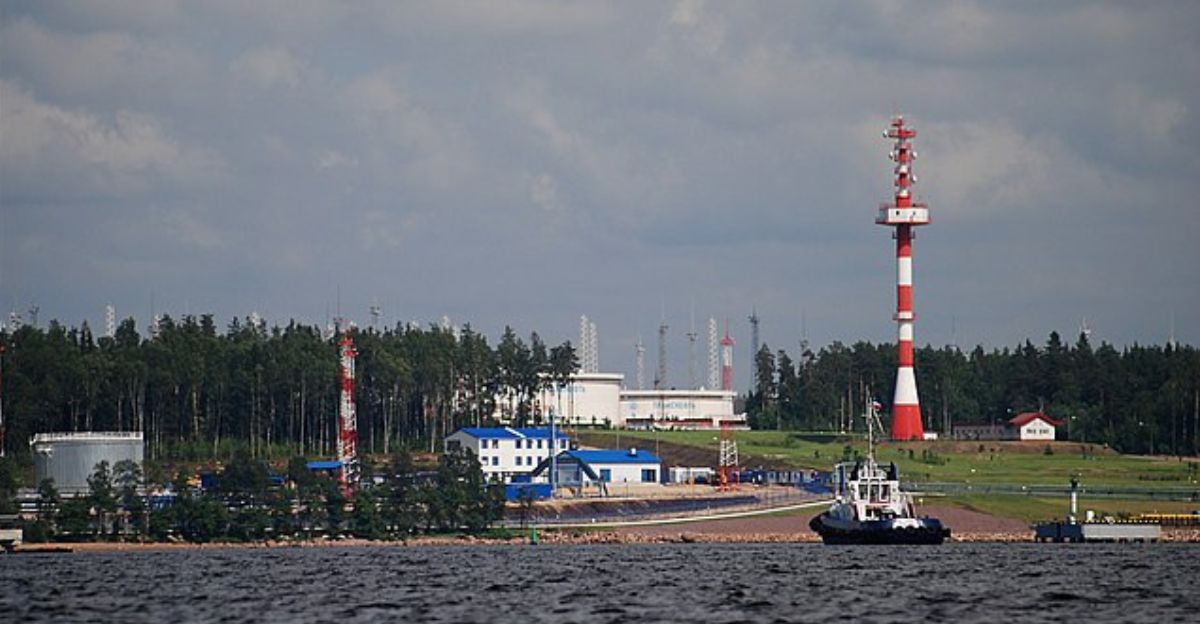
The attack led to the temporary closure of Pulkovo Airport in St. Petersburg, resulting in the stranding of numerous travelers and the disruption of nearly 50 flights.
Residents have characterized this strike as the most significant since the onset of the conflict, contributing to increasing anxiety and uncertainty in the area.
Competitor Moves
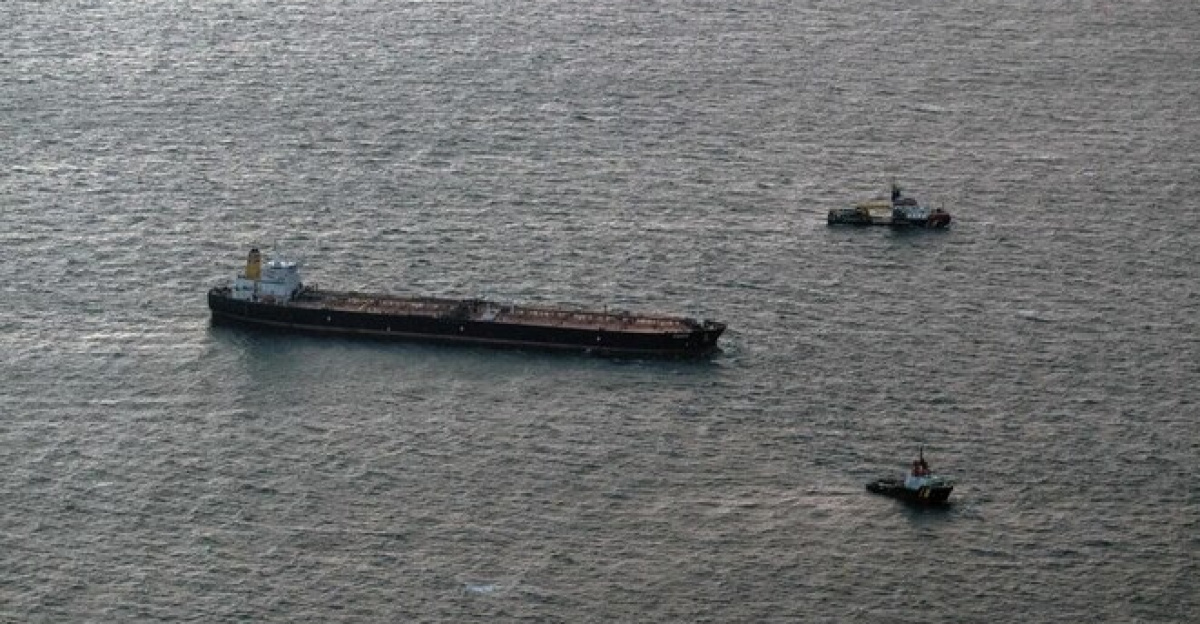
Russia’s “shadow fleet” of tankers, including the Kusto and Cai Yun, has experienced damage and operational setbacks.
These vessels are crucial for circumventing international sanctions, and any disruption to their operations poses a significant risk to Russia’s export strategies.
Macro Trends
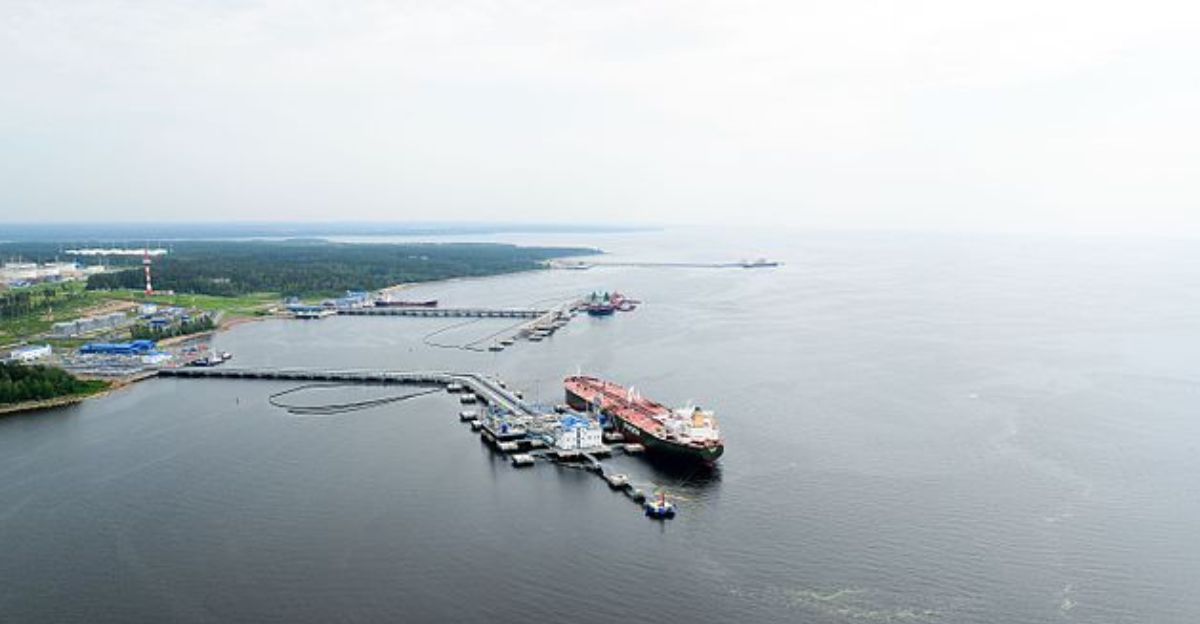
Recent data indicate a significant decrease in Russian oil exports, with shipments from Primorsk plummeting to 730,000 barrels per day.
As a result, Moscow has experienced a dramatic reduction in oil revenues, which fell by more than $300 million within just one week. This represents the most substantial decline in revenue since July 2024.
Supply Sabotage
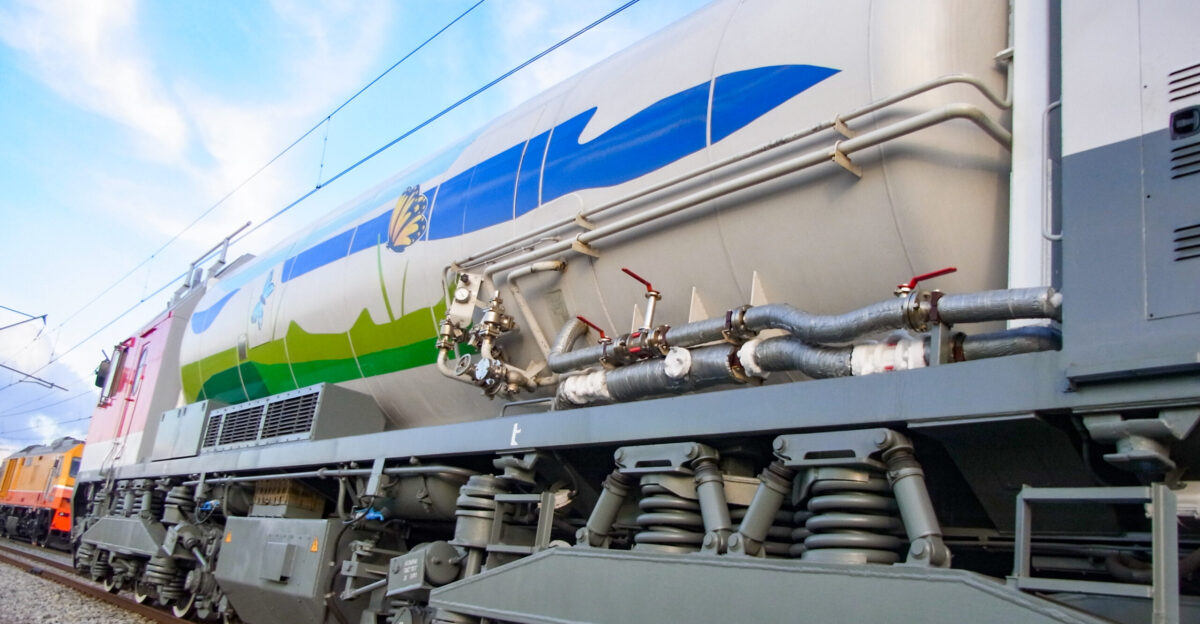
Sabotage has resulted in the derailment of a fuel train along the Oryol-St. Petersburg line, leading to significant disruptions in supply routes.
This incident has further complicated logistical operations for Russia’s military and energy sectors.
Internal Frustration
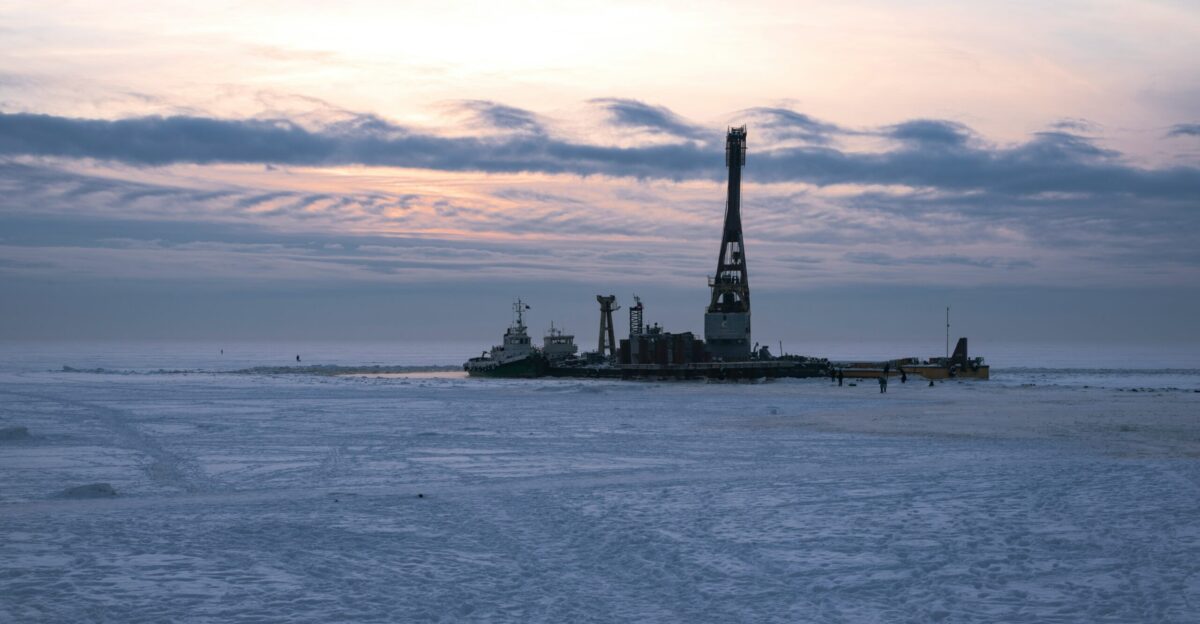
Russian oil producers faced warnings of possible output cuts for the first time since the war began.
Industry leaders expressed concern over mounting losses and the vulnerability of critical infrastructure.
Leadership Response
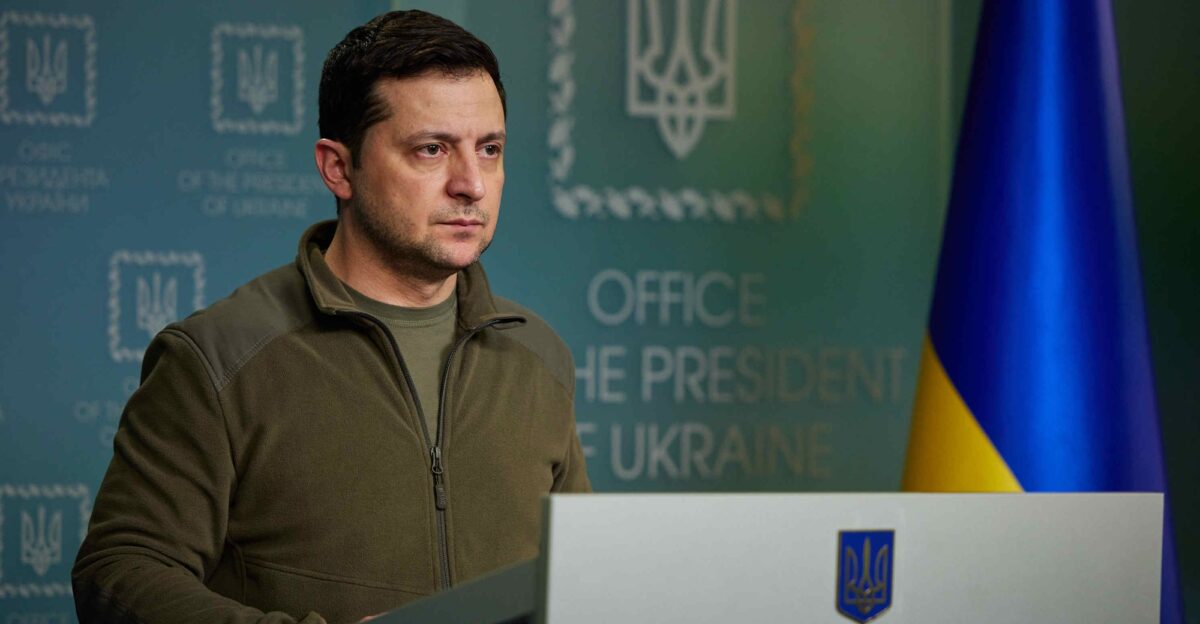
President Zelenskyy declared, “Strikes on Russian oil are the sanctions that work the fastest.”
His statement underscored Ukraine’s strategic shift toward targeting economic assets to pressure Moscow.
Recovery Efforts
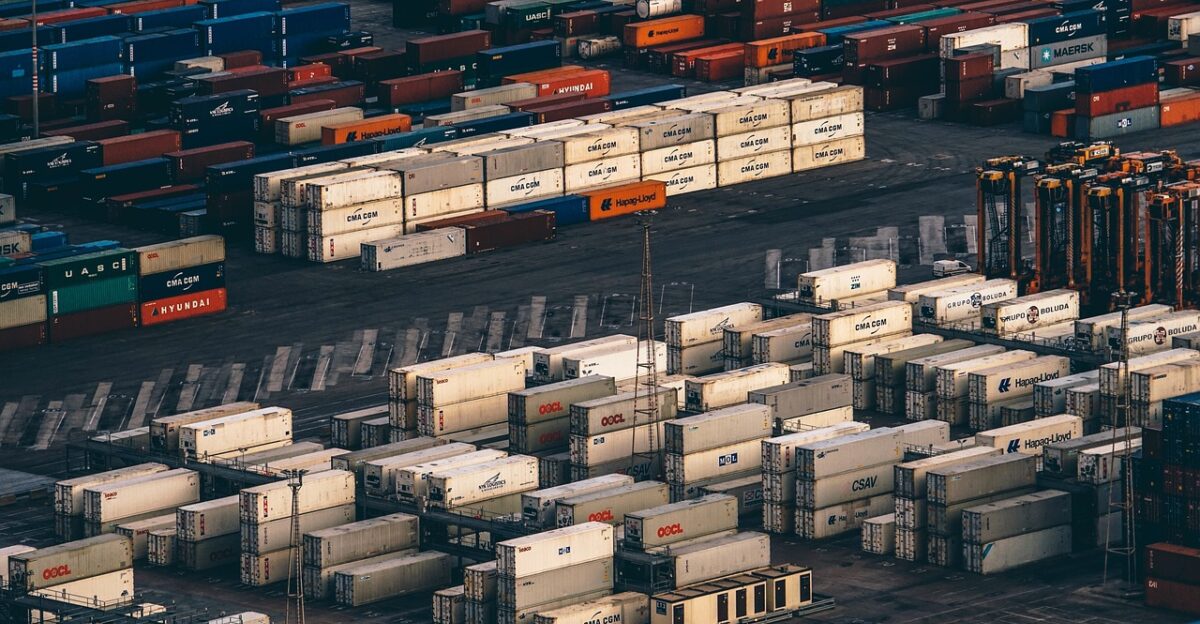
Primorsk port resumed operations after emergency crews extinguished fires and repaired damaged facilities.
However, the temporary halt exposed the fragility of Russia’s export logistics under sustained attack.
Expert Outlook
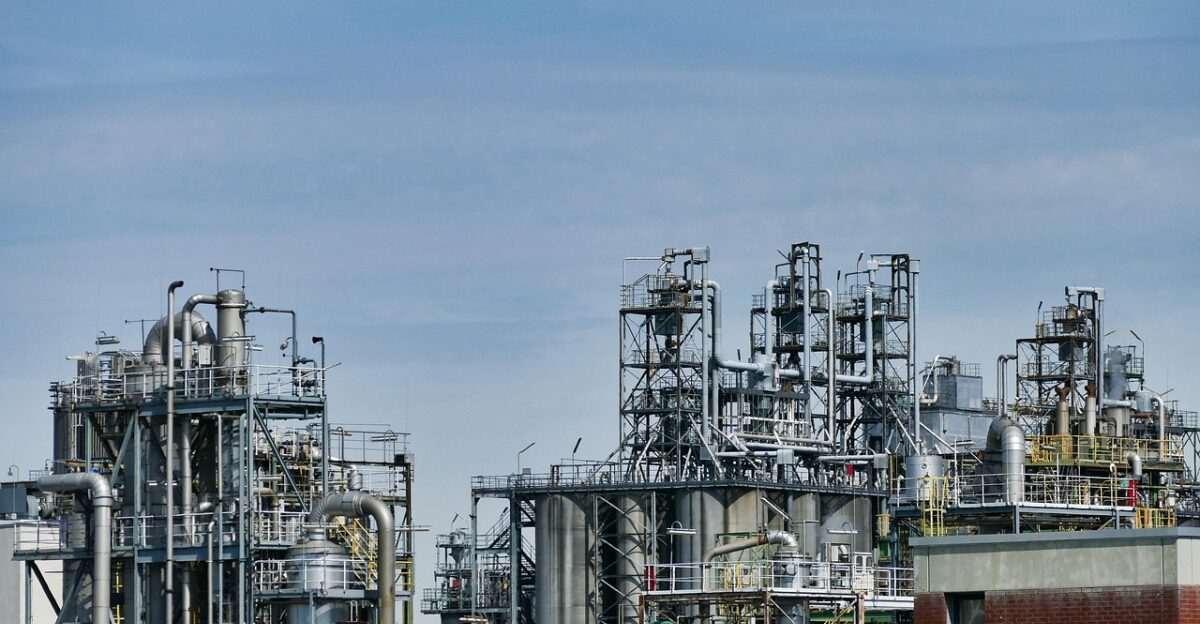
Analysts warn that continued strikes could force Russian oil companies to reduce production.
Storage capacity limits and refinery damage threaten longer-term disruptions to Russia’s energy sector.
Looking Ahead
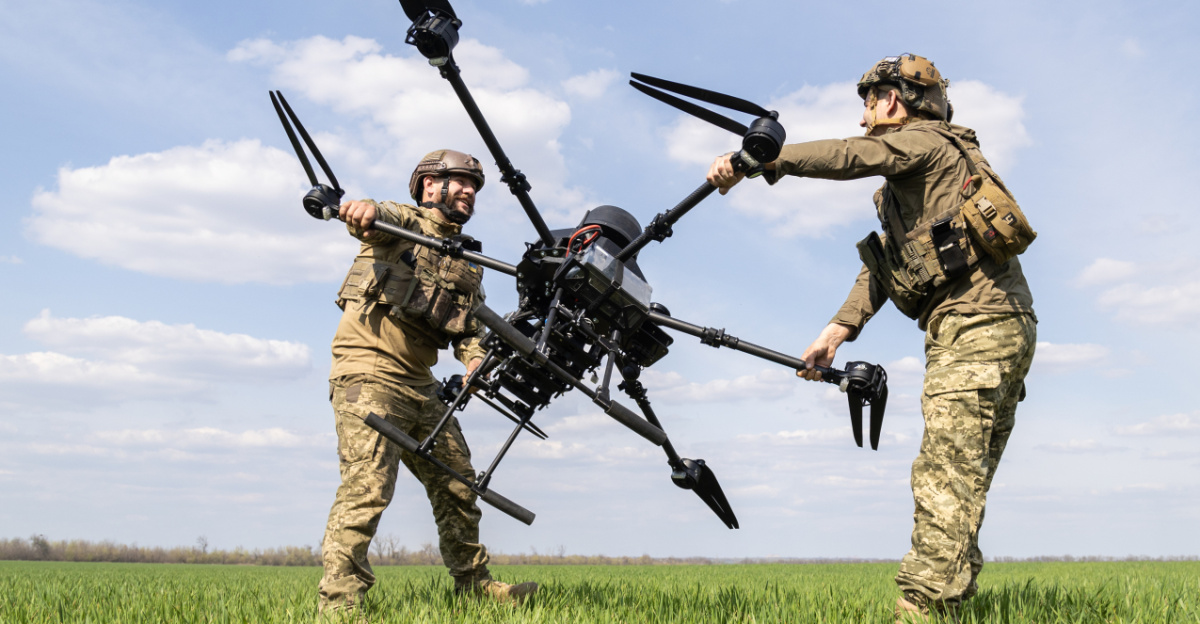
The economic strategies employed by Ukraine may significantly influence the direction of the ongoing conflict.
The impact of drone strikes targeting oil infrastructure prompts important discussions regarding potential escalations in the war and the resilience of Russia’s export networks.
Political Implications
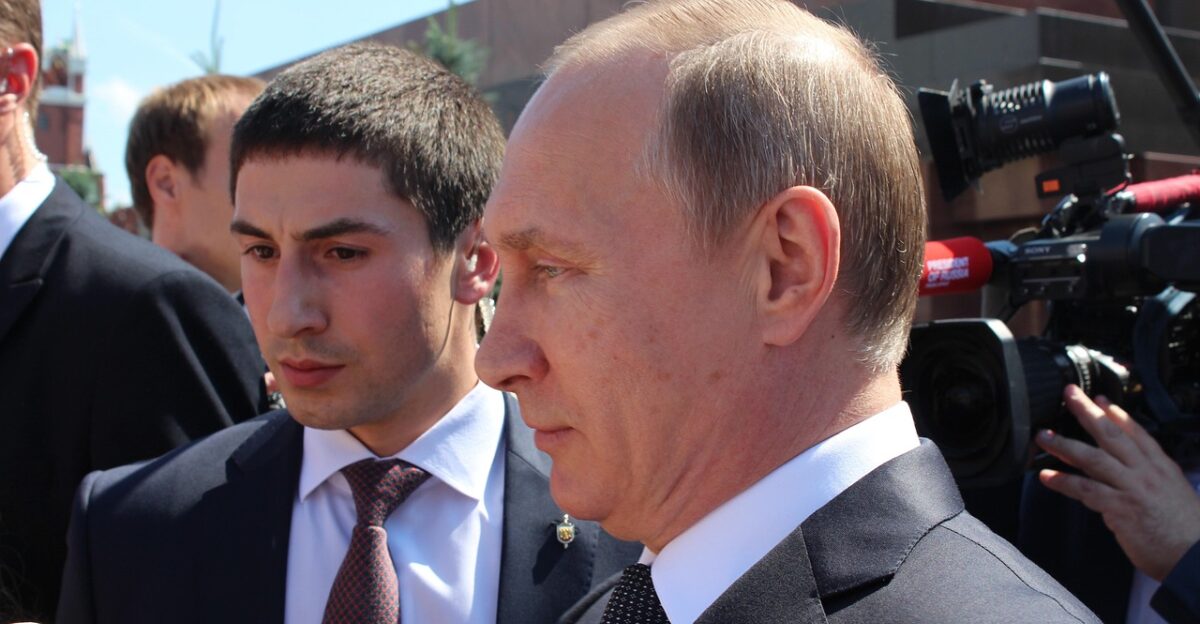
Russia’s announcement regarding potential output cuts reflects increasing pressure within the country.
This development has prompted policymakers to reevaluate energy security and the robustness of essential infrastructure in light of the ongoing conflict.
International Ripple

Drone attacks on Russian oil hubs have global implications, affecting energy markets and international supply chains.
The sharp drop in exports reverberates through Europe and beyond, raising concerns about price volatility.
Legal & Environmental Angle
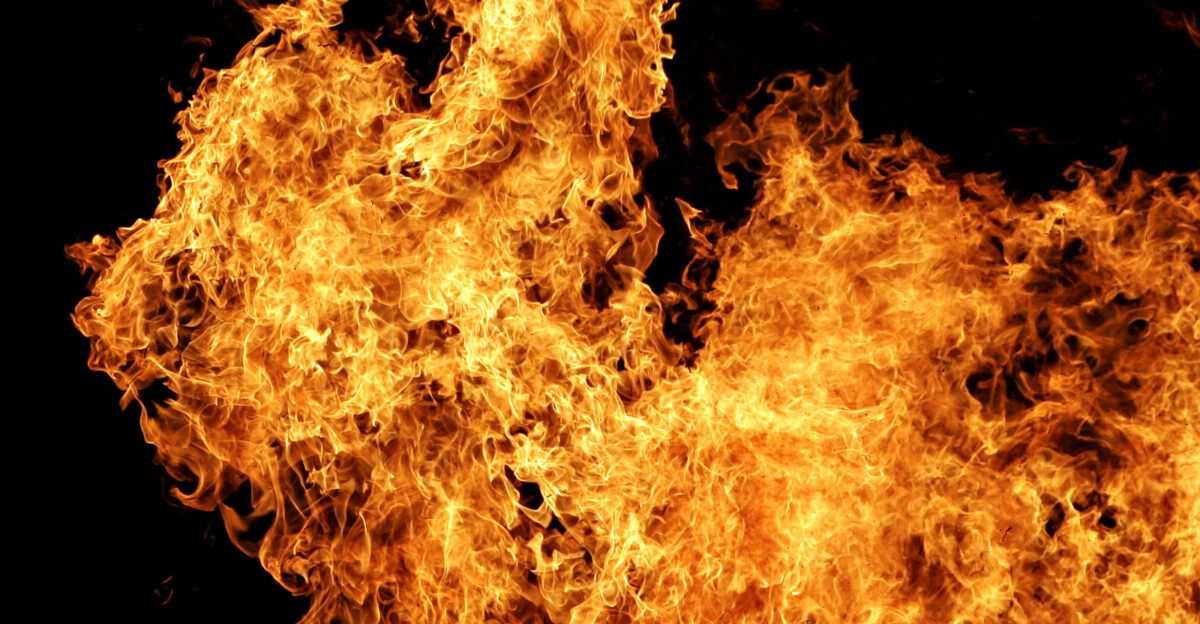
Fires at oil terminals and refineries pose environmental risks, including potential spills and air pollution.
Legal debates over the targeting of civilian infrastructure in wartime continue to intensify.
Cultural Shifts

The visibility of drone warfare and its impact on daily life in Russia is shifting public perception.
Residents near St. Petersburg and Moscow report heightened anxiety and changing attitudes toward the conflict.
Broader Reflection

The Primorsk attack highlights the evolving nature of modern warfare, where economic assets are frontline targets.
As Ukraine and Russia adapt, the world watches how energy, security, and strategy will intersect next.